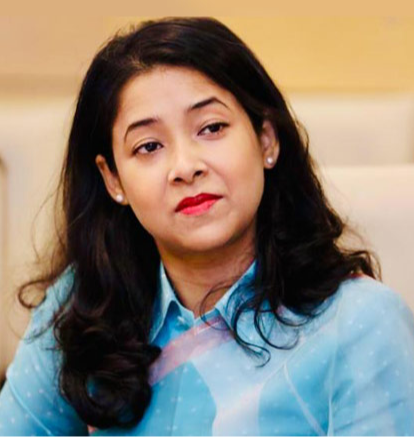
The year 2017 has been challenging for climate action, particularly after the US’ withdrawal from the Paris Agreement. The revelations by “The Emissions Gap Report 2017” released ahead of the annual UN Climate Change Conference (COP23) has further reiterated the challenges. The report underlines that fulfilment of national pledges related to carbon emission reductions under the Paris Agreement, would be inadequate to prevent the rise in global average temperatures to well below 2°C. A renewed focus on climate governance, both in ambition and scope, is thus imperative to bridge the 15-22 gigatonne emissions gap between the commitments by member states (Nationally Determined Contributions, NDCs) and the corresponding reductions required to achieve climate targets by 2030.
The Talanoa Dialogue of UNFCCC, starting January 2018, would now facilitate the Parties on the table to take stock of progress undertaken against respective climate commitments post Paris and explore opportunities to further enhance their NDCs by 2020. As a key player in international climate governance, India could set the precedent in deepening the facilitative dialogue process through an action-oriented, inclusive, bottom-up approach, involving extensive participation and collaboration of its states.
In the federal democracy like India, sub-nationals or states are a vital part of the grand coalition between centre, civil society, businesses and key climate stakeholders.
India’s State Action Plan for Climate Change (SAPCC) supports the integration of national climate change goals into sub-national policies and planning for local action. India has committed to meet its current target of 33% reduction in emission intensity of the 2005 level by 2030, by generating 40% of its energy from renewables. Thus, India’s sub-national entities are important engines in the realization of its ambitious climate goals involving expansion of solar and wind power generation capacities.
Enhancing climate actions in coming years is expected to involve routine engagement of such sub-national stakeholders in the international process and enhance the prospects for inter-governmental agreements on sectoral actions such as agriculture, transportation, energy, forest and industries. The ‘Under2 Coalition’, a MoU by sub-national governments to reduce their greenhouse gas (GHG) emissions toward net-zero by 2050, is generating a unique precedent for bold climate leadership with its member states and regions surpassing 200 in number. Currently, two Indian states - Telangana and Chhattisgarh, are signatories to this pact, as compared to representations from the other top emitters - 26 sub-national governments in China and 24 in the US. As the world’s fourth largest GHG emitter, greater representation of Indian cities and states in the Coalition is crucial and would result in substantial benefits related to knowledge and technology sharing in areas such as clean energy, water conservation and environmental sustainability.
While ensuring greater involvement of Indian states at the international level, it is equally imperative to examine the progress of sub-national actions in meeting national climate targets. Towards this end, both national and state plans would need to be periodically reassessed and reviewed, wherein a standard and transparent framework for review, audit and monitoring of GHG emissions is of utmost importance. Furthermore, as state capacities vary significantly, the principle of “Common but Differentiated Responsibilities (CBDR)” should be applied to allocate mitigation targets and adaptation efforts in different states, based on the principle of equity.
Indian states have enormous mitigation potential, but the systematic evidence pertaining to its effectiveness is still scarce. Therefore, India must look towards creating knowledge action networks and partnerships under both national and state action plans framework.
Such a knowledge action network aligns with the goals of FD2018, which is to have a dialogue about our common journey towards enhanced collective efforts to reduce GHG emissions under the Paris Agreement. Kerala has taken a lead to build such a knowledge network funded by the National Mission on Strategic Knowledge for Climate Change (NMSKCC) – the primary mission on knowledge creation on climate change. While NMSKCC is presently focussed on science and technology, it could enhance its capabilities to capture the understanding of local climate vulnerabilities, inherent resilience and adaptation capabilities, as well as mitigation of the socio-economic impacts of climate change.
A governance framework that supports a bottom-up approach and leverages the capacities of national and its sub-national counterparts will be essential to combat global warming, and realize a low-carbon and climate resilient future. A diverse country like India would immensely benefit from a multi-level governance approach that involves key stakeholders such as local governments, private sector and civil society. FD 2018 thus presents a momentous window of opportunity to take pivotal steps towards a more comprehensive and operational framework in climate governance.
(An earlier version of this article appeared in The Hindu)
The views expressed above belong to the author(s). ORF research and analyses now available on Telegram! Click here to access our curated content — blogs, longforms and interviews.




 PREV
PREV



